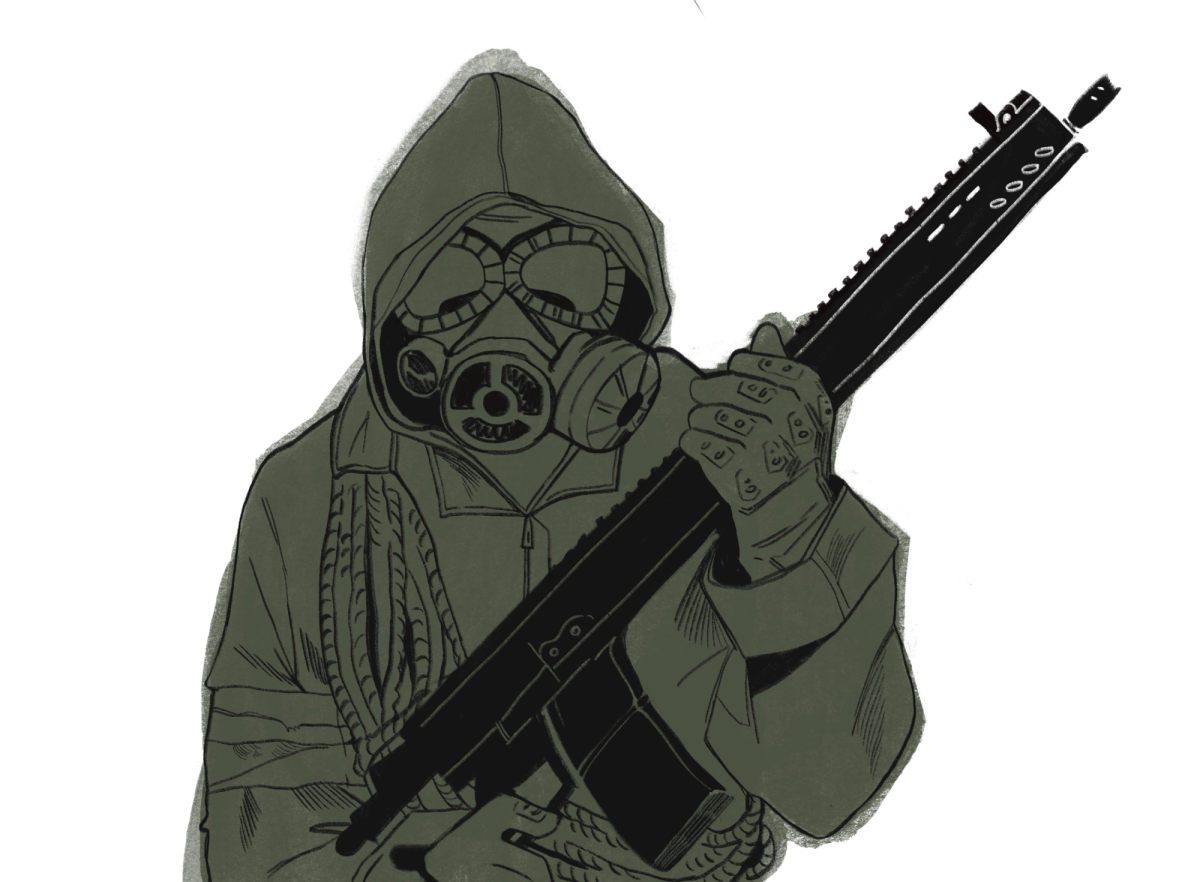As art historians invested in questions of social justice, we teach Whitman students to be attentive to the use of terms to describe interventions on objects of cultural patrimony. We seek to understand how iconoclasm can be a meaningful act, and importantly, how terms like “vandalism” can cast the perpetrators as violent disruptors, rendering invisible the conditions to which they are responding.
The Cabinet’s response makes the assumption that red paint on a building must be cleaned off as soon as possible. But why? At an institution devoted to critical thinking, might we pause and consider the red paint as an act of meaning-making? Might we dwell on what is being asked of us? What would happen if we left the red paint temporarily and dedicated some time to reckoning with it as a form of protest, to understanding what meanings it is making?
In 1914, Velásquez’s Rokeby Venus was slashed in the National Gallery as part of a campaign for universal suffrage. Mary Richardson, who carried out the act of vandalism, was protesting the imprisonment of suffragette Emeline Pankhurst. In her own words, as quoted by art historian Finbarr Barry Flood:
“If there is an outcry against my deed, let everyone remember that such an outcry is an hypocrisy so long as they allow the destruction of Mrs. Pankhurst and other beautiful living women, and that until the public cease to countenance human destruction the stones cast against me for the destruction of this picture are each an evidence against them of artistic as well as moral and political humbug and hypocrisy.”
Whitman’s Board is being asked to rigorously engage with the possibility of divestment. They have declined. Do we care more about red paint on a building than we do about what that red paint is protesting? A building is a thing. It is built by humans. It can be modified by humans. When human lives are at stake, where do our priorities, and our solidarities, lie? And does the form of expression that the protest took in any way cancel the legitimacy and urgency of the demands?
Finally, the Cabinet acknowledges that “this vandalism may be upsetting to those who work in the building, and particularly so on a day when post-election emotions were already high.” The world is upsetting. We are upset. Our students and co-workers are upset. Like paint on a building, feelings are powerful signifiers that we can learn from if we choose to listen. The Cabinet implies that the sidewalk chalkers and paint sprayers are making a Trump victory worse, that they are participating in making an already upset campus more upset or mirroring the violence and intimidation of an imminent Trump administration. Paradoxically, the Cabinet is also announcing plans for punitive measures against students.
Demands for divestment, however upsetting, are not going away. They are not going away because they refuse to bow to a logic of profit before people, of private property over human lives.
Whitman Art History Department:
Krista Gulbransen
Libby Miller
Matt Reynolds
Lisa Uddin








Anonymous Student • Nov 18, 2024 at 7:16 pm
Genuine question for the faculty who wrote this letter – would you be saying the same thing if it was pro-Israel group that engaged in this sort of protest? Do you not see how this form of protest might be distressing for those who have loved ones in Israel? I understand your commitment to free speech, but do you also acknowledge that some of the ongoing speech has been deeply hurtful to members of the campus community? Are you okay with that?
Anonymous • Nov 15, 2024 at 11:14 am
While I appreciate the faculty’s commitment to free expression, I must ask the faculty to recognize the fact that the vandalism has made many students with loved ones in Israel feel very intimidated. Free speech is a value at the college, but so is inclusive excelence.
Zoey • Nov 9, 2024 at 5:32 pm
Glad to see that some professors at Whitman are speaking up against genocide and reminding the administration of the kind of critical thought with which all Whitties should be engaging.
Lydia • Nov 8, 2024 at 1:03 pm
Thank you, colleagues for such a thoughtful response.
Franko • Nov 7, 2024 at 9:44 pm
Wonderful statement, thank you for this critical message!